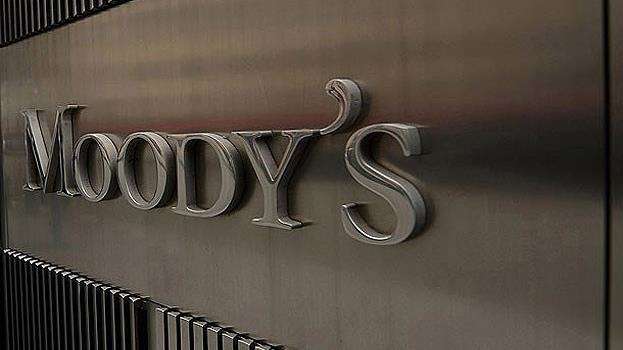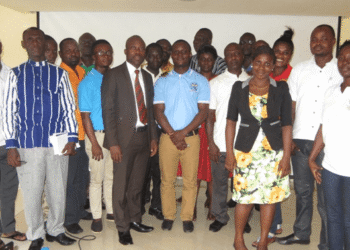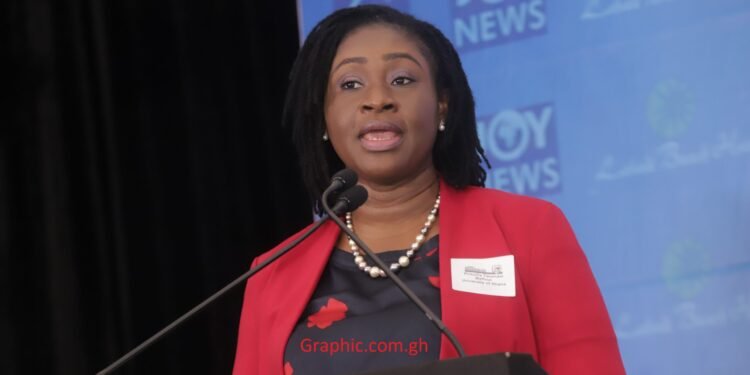International Rating Agency, Moody’s, has also downgraded Ghana’s long-term issuer and senior unsecured debt ratings to Caa2 from Caa1.
According to Moody’s, the rating downgrade to Caa2 reflects the recent macroeconomic deterioration, further heightening the government’s liquidity and debt sustainability difficulties and increasing the risk of default.
The current ratings mean Ghana’s long-term debt is of poor quality and very high credit risk and remains out of the investment range. Not long ago, Fitch downgraded Ghana’s credit rating to ‘CC’ from ‘CCC’.
“Despite Ghana’s tightening of monetary policy in response to the global price shock, inflation continues to rise from high levels and the currency has been under very significant pressure. Combined, a sharp rise in interest rates, high inflation and a rapidly weakening currency exacerbate the government’s debt challenges. “
Moody’s
Without external support, Moody’s noted that the government’s policy levers to arrest a worsening macroeconomic backdrop and heavier debt burden are extremely limited.
According to the rating agency, the government’s small revenue base, largely and increasingly absorbed by interest payments, further intensifies the policy dilemma between competing objectives, including servicing debt while meeting essential social needs. As a result, it noted that the risk of an eventual default has increased.
“The initiation of the review for downgrade is prompted by the ongoing negotiations between the government and the IMF over a funding programme that may include a condition for debt restructuring to ensure debt sustainability.
“Such a restructuring would likely be considered a distressed exchange and thereby a default under the rating agency’s definition. The review will evaluate the likelihood of a debt restructuring being a prerequisite to secure sufficient and durable financing from official sources to avert a fiscal and balance of payments crisis that is already unfolding.”
Moody’s
Additional downgrades
Concurrent to the rating downgrade, Moody’s has also downgraded Ghana’s bond enhanced by a partial guarantee from the International Development Association (IDA, Aaa stable) to Caa1 from B3, reflecting a blended expected loss consistent with a one-notch uplift on the issuer rating. The rating has also been placed on review for downgrade given the review initiated on all unsecured debt ratings of the government.
Additionally, Moody’s also lowered Ghana’s local currency (LC) and foreign currency (FC) country ceilings to respectively B2 and B3, from B1 and B2. Non-diversifiable risks are captured in a LC ceiling three notches above the sovereign rating, taking into account relatively predictable institutions and government actions, limited domestic political risk, and low geopolitical risk; balanced against a large government footprint in the economy and the financial system and external imbalances.
The FC country ceiling one notch below the LC country ceiling reflects constraints on capital account openness and fiscal policy effectiveness against robust foreign exchange reserves buffers and average monetary policy effectiveness.
In February 2022, Moody’s downgraded Ghana’s long-term issuer and senior unsecured debt ratings to Caa1 from B3 and changed the economic outlook to stable from negative. The downgrade to Caa1 reflected the increasingly difficult task the government faced addressing its intertwined liquidity and debt challenges.
Moody’s indicated that notwithstanding the government’s intention at the start of the year to broaden its tax base, its capacity to raise its revenue intake (16% of GDP in 2021) is constrained by the weak macroeconomic environment.
Moreover, the rating agency pointed out that there is a limit to the extent to which the government can lower primary spending.
Moody’s highlighted that while the government had announced large cuts in its main primary spending items earlier this year, implying a reduction of 4% year-on-year in total primary spending, budget execution over the first half of 2022 showed that spending rose by 26% instead, reflecting strong spending pressure amid severe economic and inflation shocks.
READS ALSO: ECG Still Having Challenges In Ashanti Region – ECG Boss























